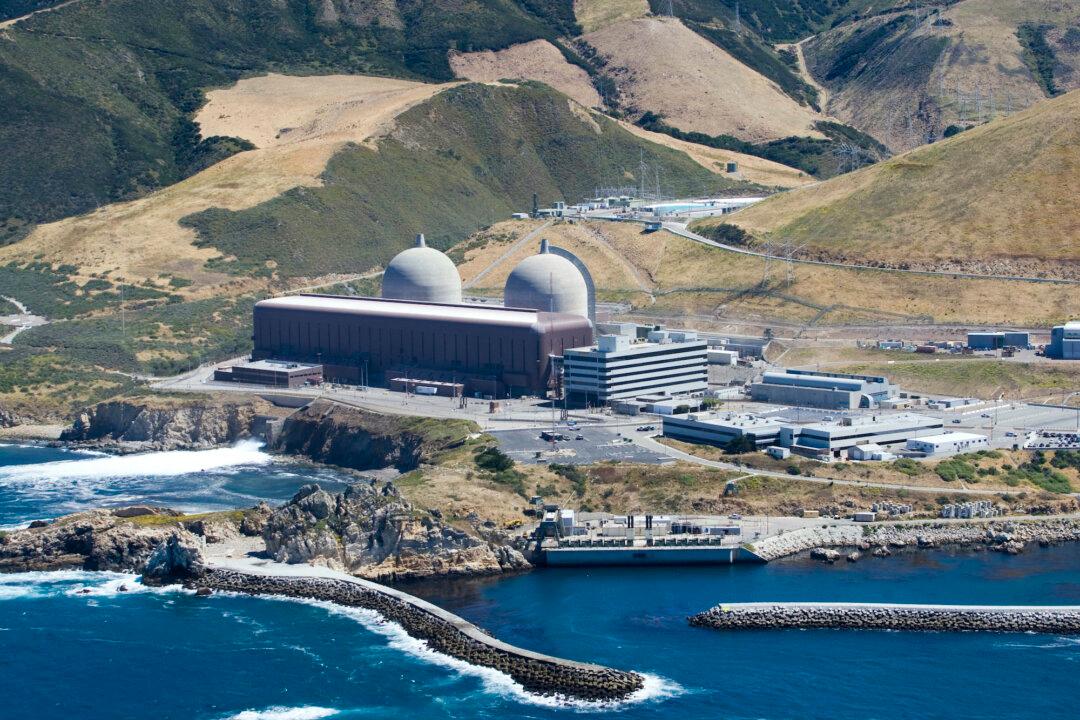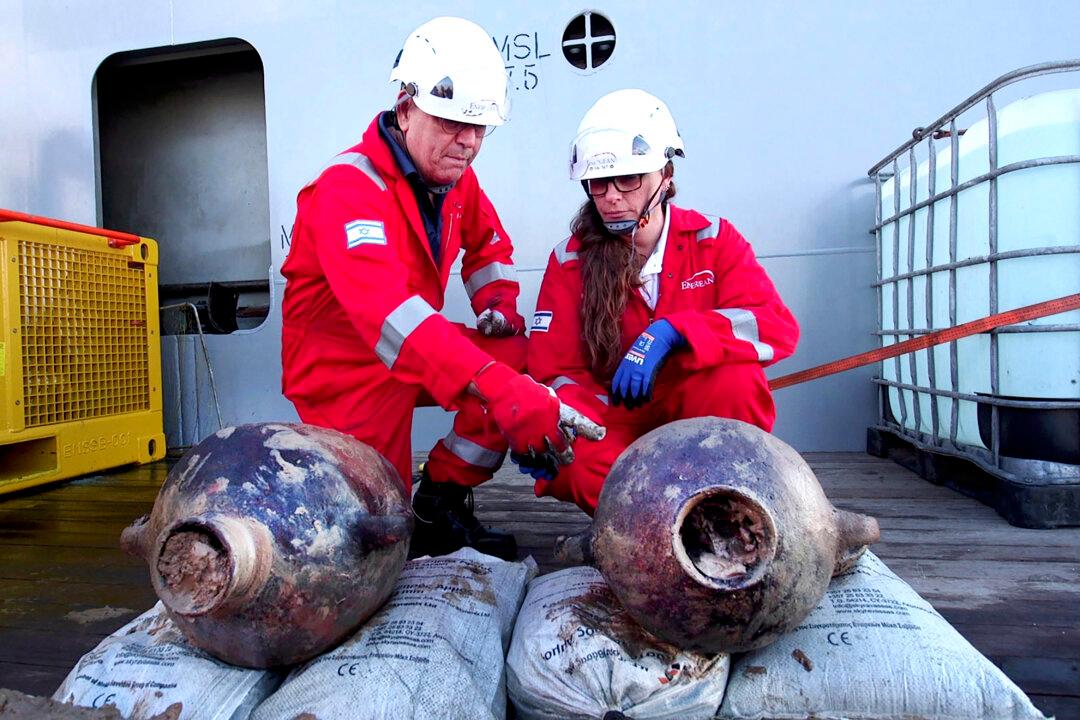Government regulators last week granted California’s largest nuclear power plant an exemption that could allow it to continue producing electricity after the expiration of its federal operating licenses.
The double-reactor Diablo Canyon plant was scheduled to close in 2025. But the federal exemption will allow it to continue while the Nuclear Regulatory Commission (NRC) reviews an expected application from the plant to extent its operating period for up to two decades.





